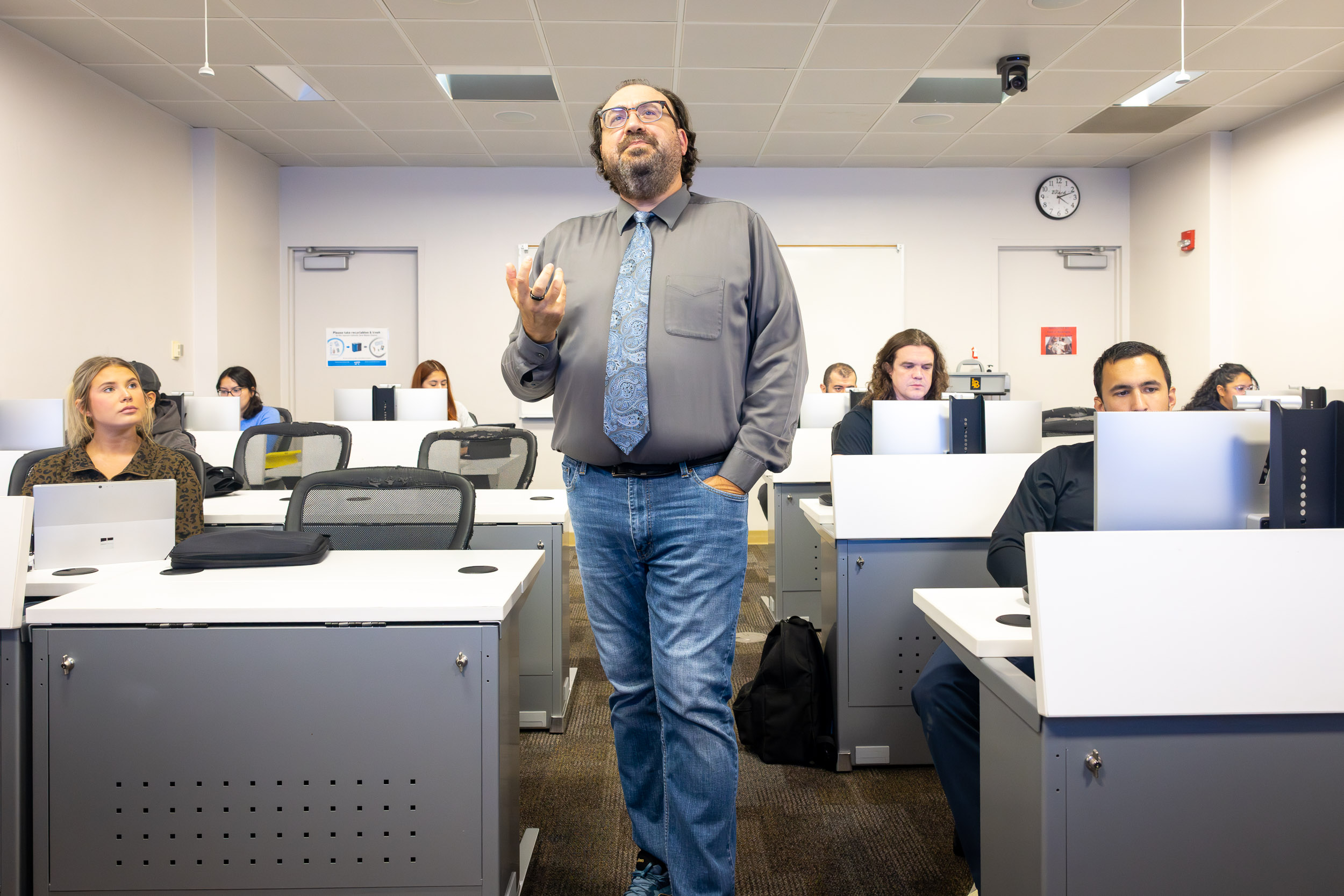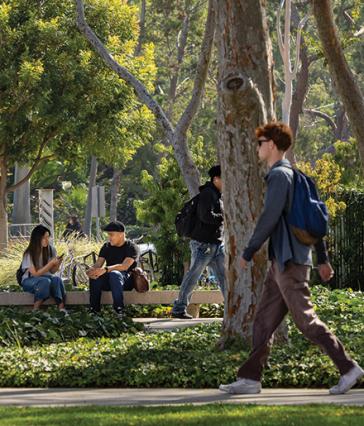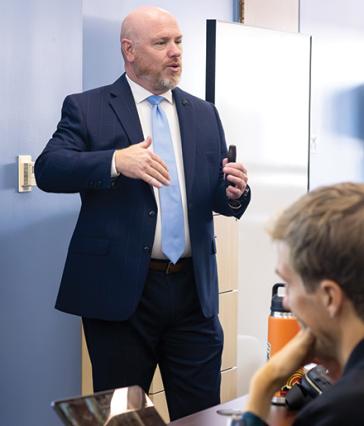CSULB emerges as a top training ground for California’s city managers
The work of a city manager rarely makes headlines. There are no stump speeches, no campaign rallies, no victory parties. Yet when CSULB Public Policy & Administration Professor Adam Butz talks about the role, he does so with reverence.
“It’s a uniquely high executive-level position," Butz said, akin to a corporate CEO — except city managers report to a city council rather than a board of directors, and oversee everything from police and fire to libraries and parks. “The city manager stands alone. It’s like the top of the mountain.”
That mountain, as it turns out, has a familiar base. From Ventura to Oceanside and from Indian Wells to Malibu, the road to city management often runs through Cal State Long Beach. A 2025 Rose Institute survey ranks CSULB as the No. 2 producer of city managers statewide, with 6% of current city leaders earning their highest degrees on this campus.


The footprint is wider than the survey suggests. Not included, for example, are alumni serving in other states and those who earned their bachelor’s at CSULB but completed a master’s elsewhere.
Housed in the College of Health & Human Services — and offered fully online through the College of Professional and Continuing Education — CSULB’s Master of Public Administration (MPA) program is designed for the workaday realities of public service. Founded in 1973, CSULB’s MPA program has graduated more than 3,000 students.
One of them, Oceanside City Manager Jonathan Borrego ‘89, ’99, said it was the program’s pragmatic approach that accounts for its high volume of capable alumni.
“CSULB prepares students not to theorize, but to serve,” he said. “A lot of the professors that I had in my MPA program were practicing government administrators [with] direct, real-life experience. Some of my classes were taught by practicing city managers. Just hearing their stories and their advice was super, super valuable. It wasn't just book experience.”
Arcadia City Manager Dominic Lazzaretto ’98 agreed. “Everywhere I go, I run into city managers who went to Long Beach. It's a quiet program that turns out success.”
So what, precisely, does a city manager do?
“I spend a lot of time responding to public inquiries and complaints,” Borrego said. “No day is the same.”
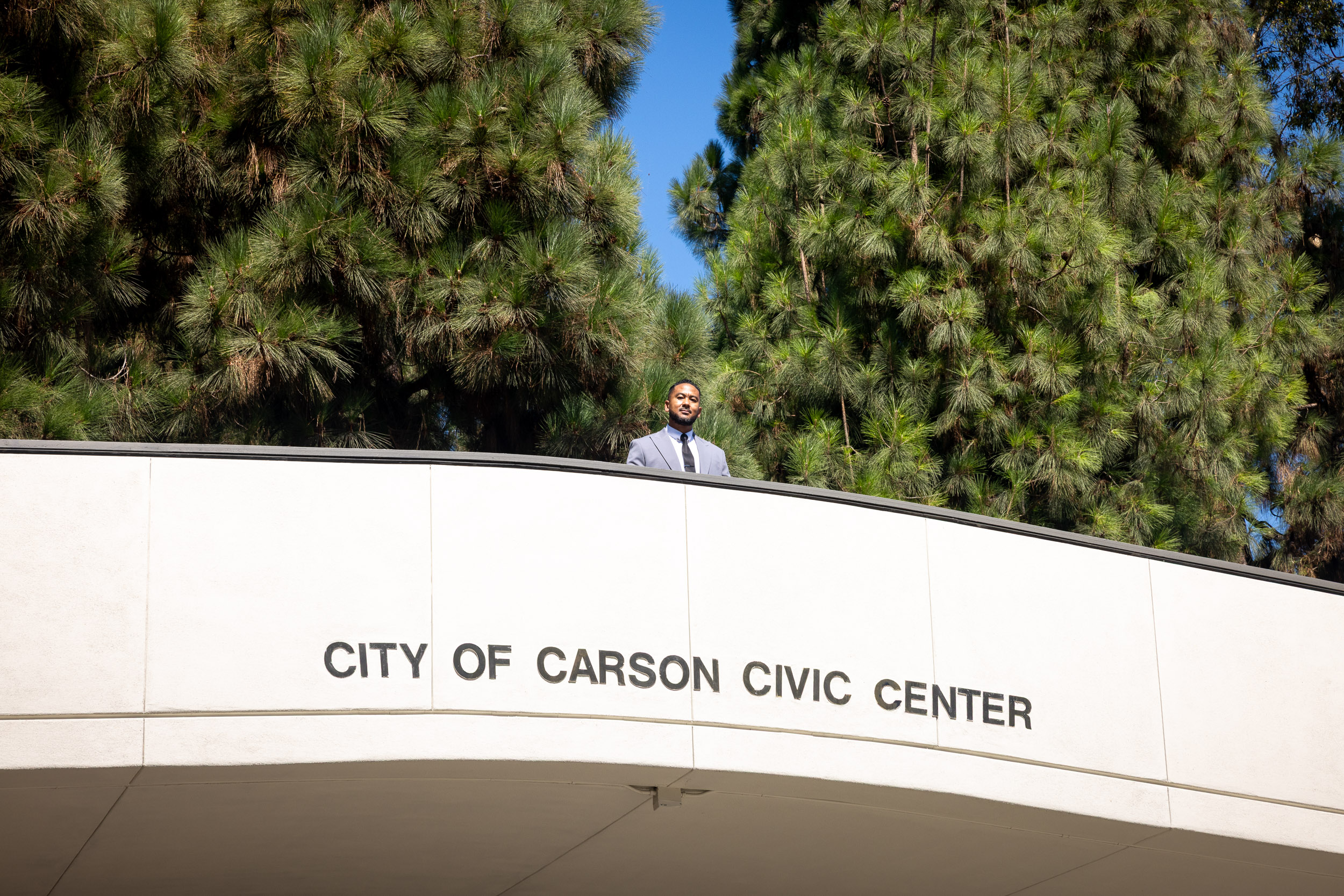
Carson City Manager David Roberts ’98, a sociology grad credits the university with honing his public service skills.
From budgets and personnel to public safety and public works, the city manager is involved in virtually every aspect of city governance. They play major roles at city council meetings, advising the mayor and council members, issuing reports and introducing policy — all, Roberts said, while walking a fine line when it comes to economic development.
“We’re a not-for-profit, yet we have to make a profit," he said. "It's a really interesting duality.”
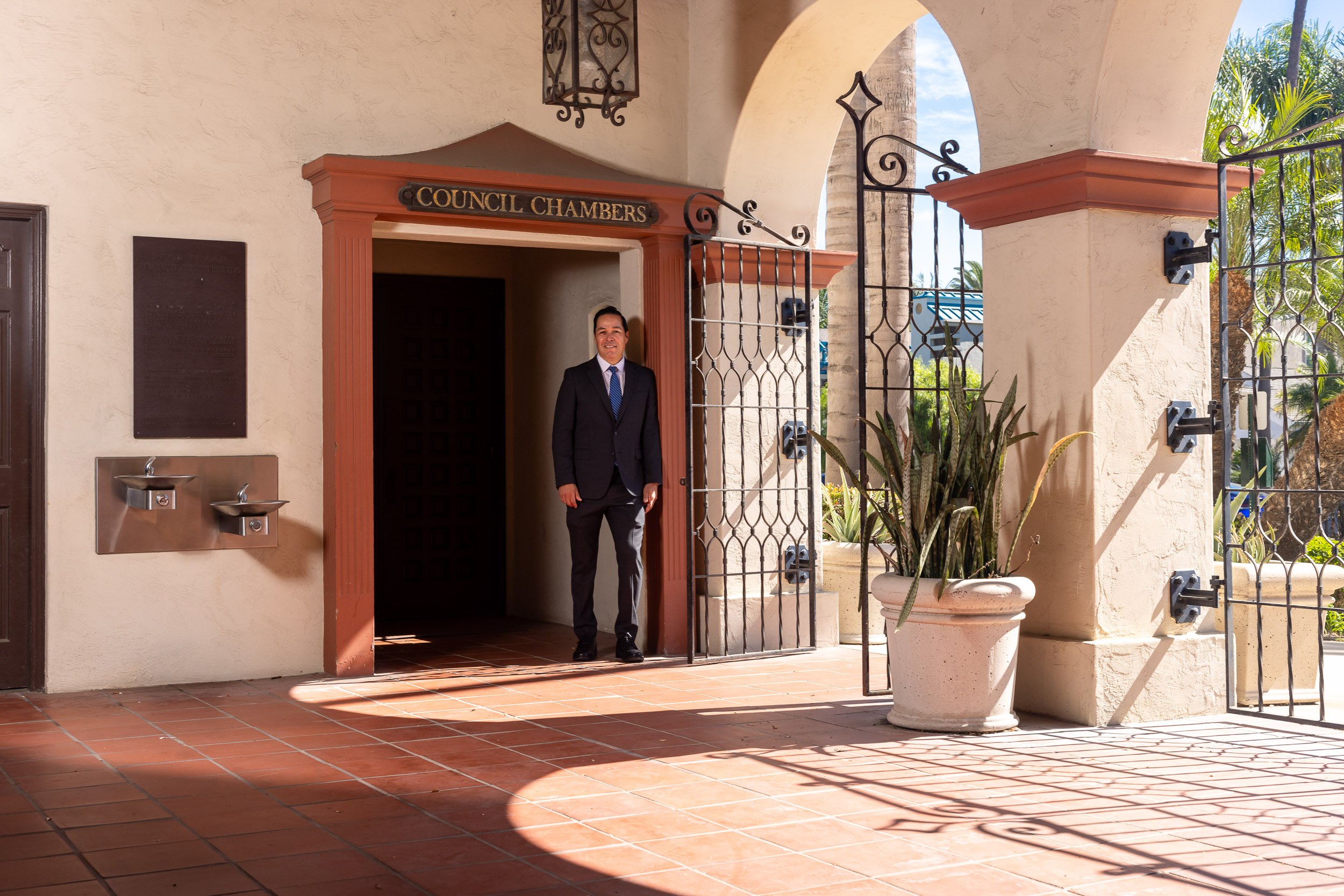
Add to that the complication of being apolitical in a politically charged environment. City managers serve at the pleasure of elected officials — and are often the first to go when attitudes shift.
“A lot of times, it's not because somebody is underperforming,” Lazzaretto explained. “It's just that there's a new group that wants to go in a different direction or just explore a different option.”
For newly appointed Seal Beach City Manager Patrick Gallegos ‘06, though, the mandate remains the same: Lead “with humility and focus on service,” he said.
“My time at CSULB reinforced the idea that public service is ultimately about people," Gallegos said. “The program emphasized collaboration, communication and servant leadership, all of which have shaped how I approach my role . . . I’m proud to be an alum and grateful for how the program paved the way for my career.
